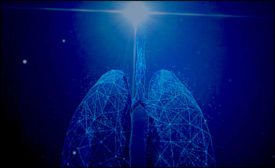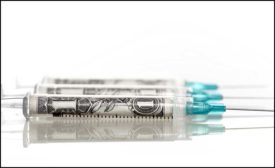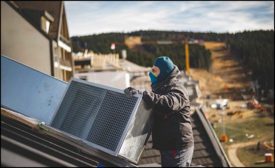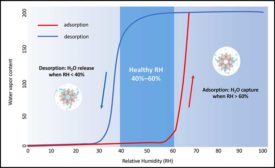Home » Keywords: » indoor air
Items Tagged with 'indoor air'
ARTICLES
Our moral imperative is to set health metrics as our constant to guide natural and mechanical HVAC settings.
Read More
The Balance Between Industry Profits and Human Health Protection
How can infectious and noninfectious diseases that spread through the air, are not fully controlled by individual behaviors, and affect “innocent bystanders” be contained to protect the health of the general public?
August 15, 2022
Clean Air: Design with Care
As buildings have become tighter with improved building envelope systems and inoperable windows to minimize energy use, IAQ and IEQ have become primary considerations for professional engineers and architects.
June 14, 2022
Passively Improving IAQ Using Building Materials
Improving the temperature and humidity performance of a building passively can be accomplished by exposing structures with micropores to indoor air.
May 25, 2022
Be in the forefront of the mechanical engineering industry!
Join thousands of professionals today. Shouldn’t you know what they know?
JOIN NOW!Copyright ©2024. All Rights Reserved BNP Media.
Design, CMS, Hosting & Web Development :: ePublishing







